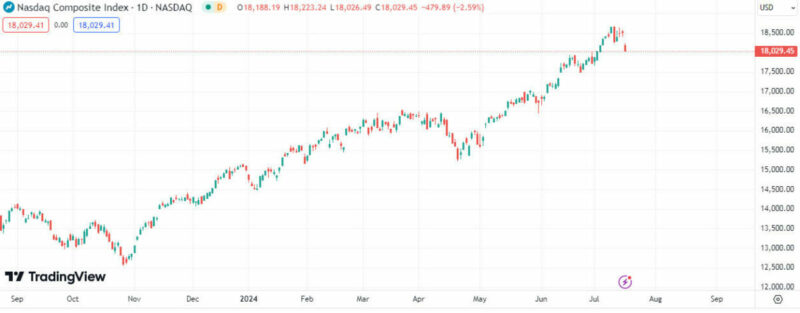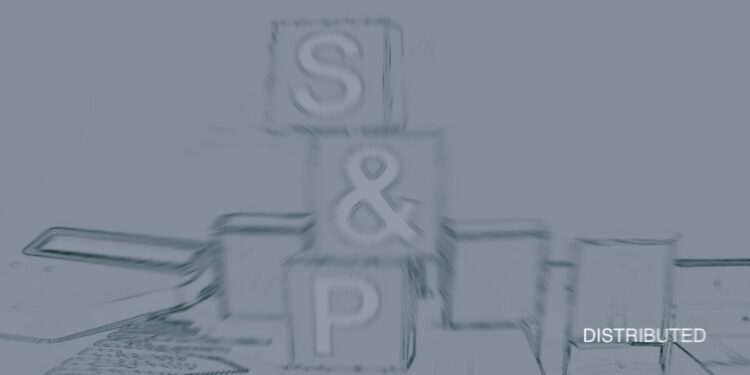The S&P 500 and the Nasdaq are struggling this Wednesday, driven down by declines in major chip and tech stocks while analysts point to potential stricter U.S. trade restrictions on China as a significant factor behind this downturn.
According to a Bloomberg report, the Biden administration has warned its allies that it might impose the toughest trade restrictions on China if companies like Tokyo Electron and ASML Holding NV keep providing advanced semiconductor technology to the country.

However, David Rosernberg, founder and president of Rosenberg Research, believes Wall Street’s losses on Wednesday are unlikely to last. Growing speculation about a Federal Reserve rate cut in September, along with rising expectations of former President Donald Trump’s return to the White House after the attempt on his life, has given stocks a significant boost in recent sessions.
See Related: The S& P 500 And Nasdaq Indexes Closed At Record Highs This Tuesday. What To Expect In The Upcoming Days?
Investors And BofA Global Research
A recent BofA global research survey also showed that world investors remain bullish, with sentiment fueled by Federal Reserve rate cuts expected this year and into 2025. Inflation projections continued to stabilize in July, with 62% of investors now expecting lower CPI over the next 12 months, up from 57% in June and 56% in May.
As U.S. election concerns gained prominence, fund managers were asked which policy areas they believe will be most affected by the November election. Of those polled this month, “trade policy is viewed as the most likely area to be impacted by the US election per 48% of FMC investors, followed by immigration (15%), and geopolitics,” BofA Global Research said.
At the same time rising geopolitical angst, especially in the U.S., put a damper on global growth expectations. It is important to mention that 27% of portfolio managers expect weaker economic growth in the coming year. This compared to 6% in June and 9% in May and was in sharp contrast to April, where a net 11% of managers looked for stronger world growth.
Some economic analysts believe the U.S. economy is already starting to see signs of a slowdown and according to them, many companies could face liquidity problems in the upcoming months. High rates encourage saving over spending and make the debt more costly, and companies that have a bigger credit or other loans with variable interest rates could be in a difficult situation. Higher borrowing costs can hurt corporate profits and discourage businesses from borrowing to invest in new projects, which can hurt economic activity and job creation.



